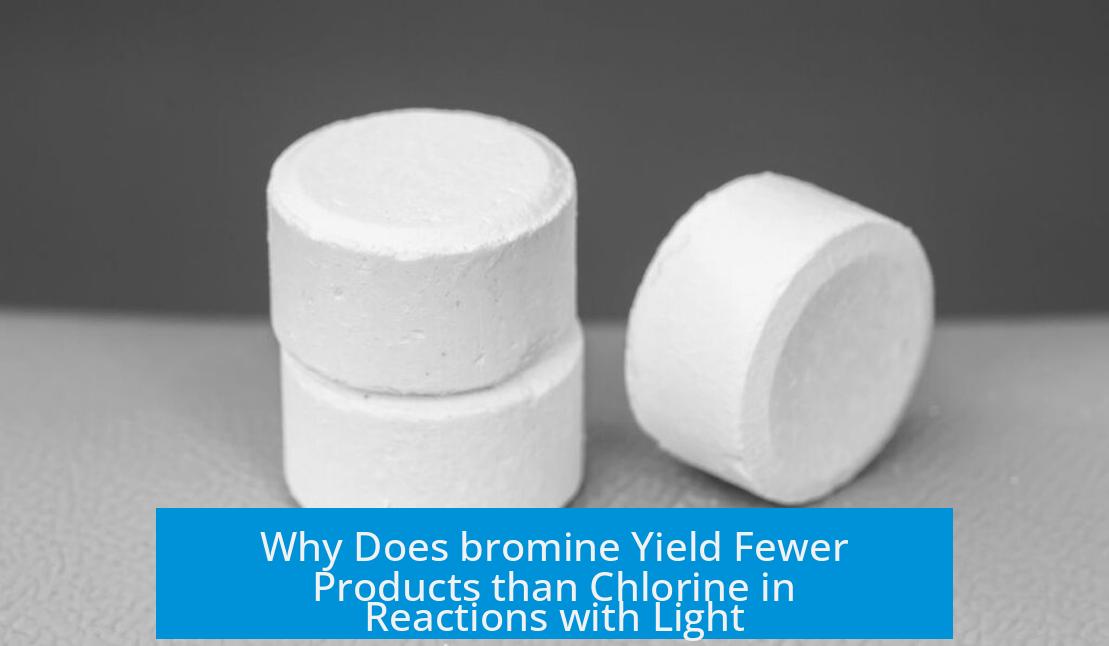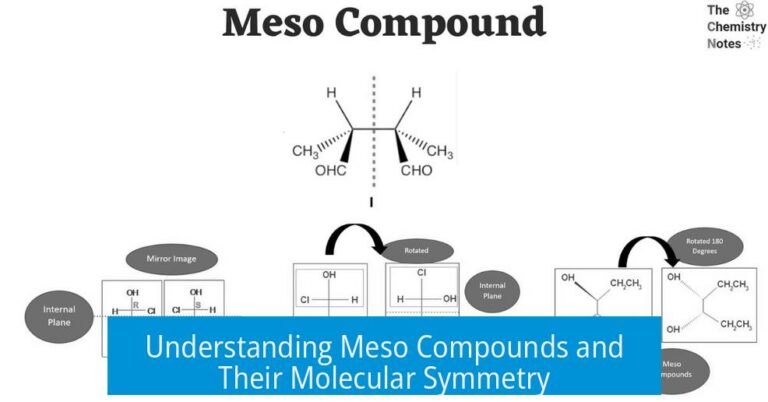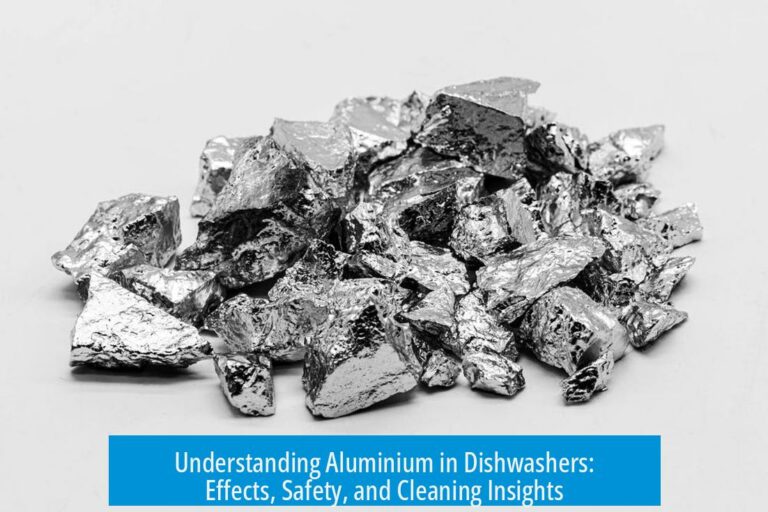Why Does Br2/hv Yield Fewer Products than Cl2/hv?
Bromination (Br2/hv) produces fewer products than chlorination (Cl2/hv) because bromination is highly selective, favoring reaction at tertiary carbons, while chlorination is less selective and reacts at multiple sites.
Selectivity Differences Between Bromination and Chlorination
- Chlorination shows low selectivity, producing many substitution products across primary, secondary, and tertiary carbons.
- Bromination strongly prefers tertiary carbons, yielding one main product with over 90% selectivity.
- Minor bromination at secondary or primary carbons occurs but is usually negligible in product distribution.
Role of Activation Energies and Transition States
Bromination and chlorination both proceed via radical chain mechanisms involving hydrogen abstraction by halogen radicals.
Bromine radicals have a higher activation energy and a “late” transition state, meaning the transition state resembles the radical intermediate more closely. This causes bromination to be sensitive to radical stability.
Since tertiary radicals are most stable, bromine radicals selectively abstract hydrogens from tertiary carbons. In contrast, chlorine radicals have a lower activation energy and an earlier transition state, showing less sensitivity and reacting more indiscriminately.
Practical Impact on Product Distribution
| Halogen | Reaction Selectivity | Typical Products |
|---|---|---|
| Cl2/hv | Low | Multiple products (primary, secondary, tertiary) |
| Br2/hv | High (>90% tertiary) | Predominantly single tertiary-substituted product |
This explains why in laboratory and textbook examples, bromination reactions yield mainly one product, while chlorination gives a mixture.
Does Bromine React Only at the Highest Substituted Carbon?
Bromine does not exclusively react at tertiary carbons but the reaction’s high selectivity leads to almost exclusive substitution at the most substituted carbon.
Small amounts of substitution can occur at secondary or primary sites but their yields are minimal and often undetectable in practice.
Key Takeaways
- Bromination is more selective than chlorination due to higher activation energy and radical stability sensitivity.
- Bromine radicals favor abstraction of hydrogens at tertiary carbons, giving >90% selectivity for tertiary products.
- Chlorine radicals react less selectively, producing multiple products from various carbon types.
- Bromine does not react strictly only at tertiary carbons but practically behaves as if it does.
Why does Br2/hv produce fewer products than Cl2/hv in radical halogenation?
Bromination is more selective than chlorination. It prefers reacting at tertiary carbons, producing mainly one product. Chlorination is less selective, so it forms many products at primary, secondary, and tertiary carbons.
Does bromine only react with tertiary carbons during radical substitution?
Bromine reacts mostly at tertiary carbons, showing over 90% selectivity. It can react at other carbons, but those products are few and often negligible in amount.
What causes bromination to be more selective than chlorination?
Bromine radicals need more energy to abstract hydrogen. According to Hammond’s Postulate, the transition state is later and resembles the product. This favors more stable radicals, like tertiary ones, leading to higher selectivity.
How does the stability of radicals affect product distribution in Br2/hv reactions?
The more stable the radical, the faster bromine abstracts its hydrogen. Tertiary radicals are most stable, so bromine forms mostly tertiary-substituted products. Chlorine is less sensitive to radical stability.
Can bromination ever produce products at primary or secondary carbons?
Yes, but in very low amounts. Bromination at primary and secondary carbons happens but is minimal because bromine prefers the more stable tertiary radical sites.





Leave a Comment